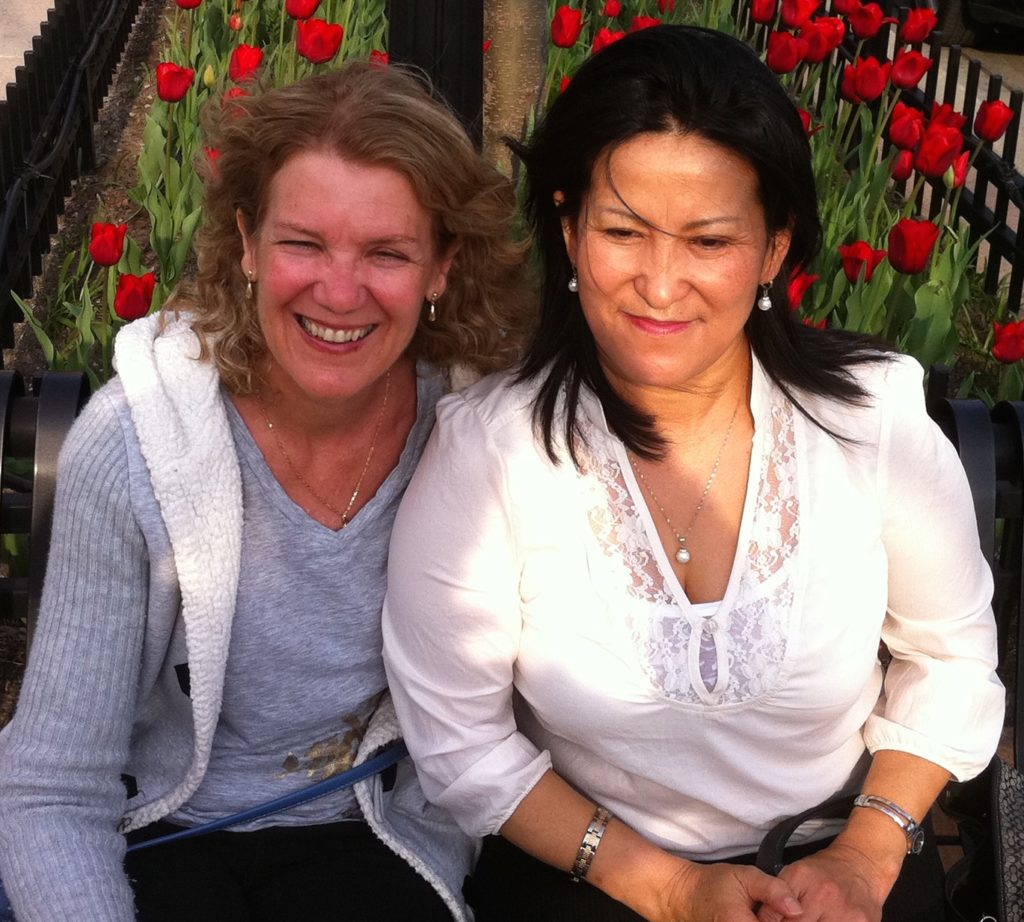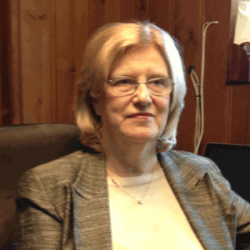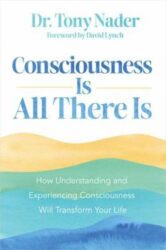Tolerance as a State of Being

As tensions rose in Paris and demonstrations swept Western Europe last January, people around the world wondered how to stop religious intolerance and promote peace and goodwill among all people.
Yet with racial and religious hostilities worldwide reaching a six-year high, as reported in the Pew Research Center’s Religion & Public Life Project, intolerance is a global issue that affects us no matter where we live.
While schools, religious groups and families can do their part in promoting racial and religious tolerance, you have to wonder if tolerance can, indeed, be taught.
The research shows yes, and no. Some researchers question whether schools can help, since educational institutions have historically reinforced racial and economic inequality. Yet one study (Henze, 2001) showed that certain pro-active approaches on the part of teachers could reduce racial and ethnic conflict. These included:
- Multicultural or ethnic assemblies and special events
- After-school programs and other opportunities for students to mix
- Conflict-resolution training
- Recruitment of diverse staff
- Teacher-driven professional development on issues of equity
- Teaming between classrooms, usually a bilingual class with a traditional class
I know from personal experience that parents talking to their kids about racial and religious tolerance can make a difference in their attitudes and behaviors. For instance, I was raised in Naperville, an all-white, middle-class suburb of Chicago, yet during the integration battles of the 1960s my parents made a point of telling us that if a racially diverse family wished to move into our neighborhood, they would be welcome. They taught us to never to use derogatory labels and to show respect for people of all races and all religions.
They also encouraged me to enroll as a camp counselor at a bi-racial summer camp in our town. The counselors and kids were half from our suburb and half from the inner city. It was a formative experience, and fortunately for me, paved the way for many loving friendships with people of diverse races and religions around the world.
As I write this, I’m wondering what causes us to think of another human being as “other” than ourselves in the first place?
It seems like part of the problem comes in when people try to create unity on the surface of life, to have the thought, “If only everyone had the same belief system as me, then there would be no fighting in this world.”
Unity at the surface of life and unity at the depths are two different things.
In fact, when unity is deep in a person’s psychology, when someone has a strong sense of self, a strong sense of who they are, they don’t feel threatened by another person for having a different belief, race or religion, because they experience the connectedness between all beings on a deep level. Instead they appreciate, celebrate, and exult in the differences of others.
It’s like a well-watered garden. Each type of flower is different—a rose, a dahlia, a daisy—yet at their source they consist of the same colorless sap. No one feels threatened by the diversity of flowers in the garden—in fact, that’s what makes the garden so beautiful.
Tolerance seems to have a lot to do with self-actualization, as a person who is more stable in themselves will be less likely to feel threatened by people who have different religious beliefs. And, just as you would expect, tolerance, acceptance of others and lack of prejudice are characteristics of self-actualization as found in Abraham Maslow’s Hierarchy of Needs.
So if self-actualized people are more likely to be tolerant of others, then the question remains, how do we help people to become more self-actualized? Throughout the ages, meditation has been a tool to develop the self, to become more self-actualized or enlightened, and to enjoy inner and outer peace.
Now modern research shows that the Transcendental Meditation technique helps develop self-actualization. A meta-analysis published in the Journal of Social Behavior and Personality in 1991 compared independent research studies and concluded that the practice of the Transcendental Meditation technique increased self-actualization by about three times as much as procedures of contemplation, or concentration. A 2005 follow-up study of university students, also published in the Journal of Social Behavior and Personality, showed that university students who were practicing the Transcendental Meditation technique increased significantly on self-development (ego development) when measured after graduation, in contrast to control students at three other universities who were not participating.
After one month of practice of the Transcendental Meditation program, individuals developed a more strongly defined sense of self-concept, in comparison to matched controls. They also reported that their ‘actual’ self was closer to their ‘ideal’ self as reported in the British Journal of Psychology in 1982.
I think it’s important to recognize that TM itself is not a religion nor does it involve embracing a particular belief system. Over six million people of all different religions, races and beliefs practice the Transcendental Meditation technique. The beautiful thing is that people often report that practicing TM strengthens their understanding and belief in their own religion. Yet at the same time, as the research shows, it simultaneously promotes acceptance and tolerance of those who are different from us, who have a different religion, race or belief system.
In a 1971 interview Maharishi Mahesh Yogi, the founder of the Transcendental Meditation program, noted that as someone starts to practice the TM technique, “they start to dive deep within, they begin to feel better and the stresses are less, and life becomes easier and ‘help thy neighbor’ becomes an instinct, an inspiration to everyone. One doesn’t have to know from the teaching to know that ‘help thy neighbor’ is a good thing. It becomes a habit. So in this way one begins to live their religion. Living the religion is by developing pure consciousness. Religious life is life, which is spontaneously lived. It’s not a matter of thinking and doing good, but one is structured in doing good.”
In other words, helping our neighbor, helping other human beings, no matter what their color or economic status or religion, becomes a spontaneous action for someone who is developing pure consciousness through daily meditation. Tolerance becomes a natural state of being.L
About the Author
Linda Egenes writes about green and healthy living and is the author of six books, including The Ramayana: A New Retelling of Valmiki’s Ancient Epic—Complete and Comprehensive, co-authored with Kumuda Reddy, M.D.
More Posts by Linda
- Tired and Burned Out? Transcendental Meditation Can Help: An Interview with Dr. Nancy Lonsdorf, MD
- Worried About the Future? Six Ways to Calm Your Anxiety
- What Do You Carry in Your Self-Care Tool Kit?
- Five Strategies for Family Caregivers
- From the Streets to College in Four Months: The Communiversity of South Africa Empowers Underserved Youth in Cape Town





